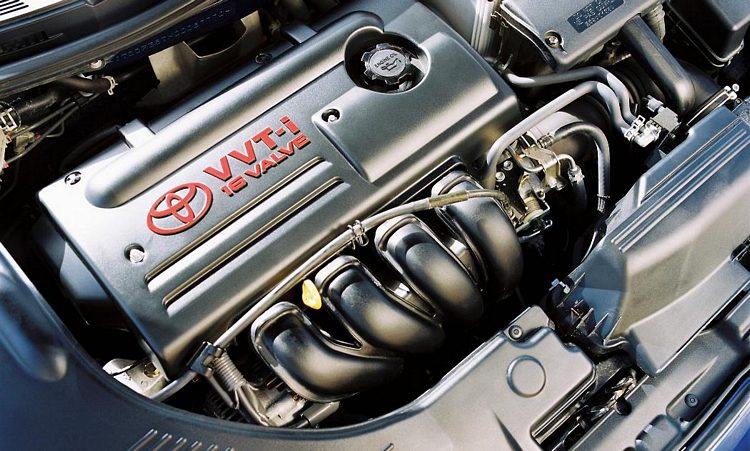The performance and fuel efficiency established by today’s modern cars is possible thanks in large part to the variable valve timing system. When a car, truck or SUV is driving in normal driving conditions, the VVT is not active. However, if the vehicle is driving with extra weight in the trunk, pulling a trailer or at higher speeds, this system is activated. The specific device used to relay information from the VVT to the vehicle’s computer is the variable valve timing switch.
Once activated by the variable valve timing switch, the engine of your car, truck, or SUV will receive input from the ECU to advance or retard the ignition timing. This tells the cylinder valves to open or close sooner or later than normal and also tells the ignition system to fire at a designated time in order to increase engine efficiency. The VVT solenoid operates the system while the VVT switch provides the valuable feedback to the car’s computer to adjust the timing on the fly.
Just like any other mechanical or electrical component, the VVT switch is prone to wearing out or breaking completely. In many ways, the symptoms of a failing VVT switch are similar to the symptoms of a VVT solenoid. The most common cause of failure for both the VVT switch and the VVT solenoid is a lack of basic maintenance. If your oil is dirty, sludge can clog the screen on the solenoid, causing a failure. If the engine oil level is low, you will also experience problems with VVT operation.
Here are some common symptoms that hint towards having a bad VVT switch:
1. Rough engine idle
Proper ignition timing is crucial to ensuring that your engine runs smooth and efficient. When the vehicle is under load, the VVT switch will monitor the engine and send information to the computer to adjust the valve timing as needed. However, when the switch is not working properly, its ability to send accurate data is compromised. Even though this unit is supposed to only work under non-normal driving conditions, it can cause the vehicle’s engine to run rough. If you notice that the engine has a rough idle, specifically if the engine RPM rises and falls from 100 to 300 RPM at idle, contact a local ASE certified mechanic as soon as possible.
2. Check Engine Light comes on
The Check Engine Light is activated anytime one of multiple warning codes has been produced by the vehicle’s ECU. Since the VVT switch is an electrical component, it is constantly monitored by your car’s onboard computer. When it fails or is sending inaccurate data, this will alert the car’s computer to a potential problem and light up the Check Engine Light on the dashboard. Anytime the Check Engine Light comes on, you should always contact a local mechanic to inspect the car, diagnose the problem and fix what is broken. In the case of the VVT system however, there are multiple warning codes that could indicate a specific problem, so it’s best to work with a local ASE certified mechanic who has the proper diagnostic tools and access to factory codes so they can properly repair what’s broken.
3. Engine stumbles when climbing hills or under load
A faulty VVT switch will also cause the engine to misfire or appear to stumble when your vehicle is loaded with extra weight, climbing hills, or when you apply quick pressure to the throttle for instant acceleration. This is caused commonly by an electrical issue with the switch and not always the switch itself. If you notice this problem and contact a local ASE certified mechanic to inspect the issue, it’s highly likely that they won’t have to replace the variable valve timing switch. However, proper diagnosis is needed to verify that it’s a problem elsewhere. If you ignore the problem, the potential of further engine damage will increase.
Regardless of the precise cause, anytime you notice the above warning signs or symptoms, you should be proactive and contact a certified mechanic as soon as possible. If you catch a problem at the onset of the symptoms, the likelihood of fixing it without causing additional damage to other engine components increases dramatically.

